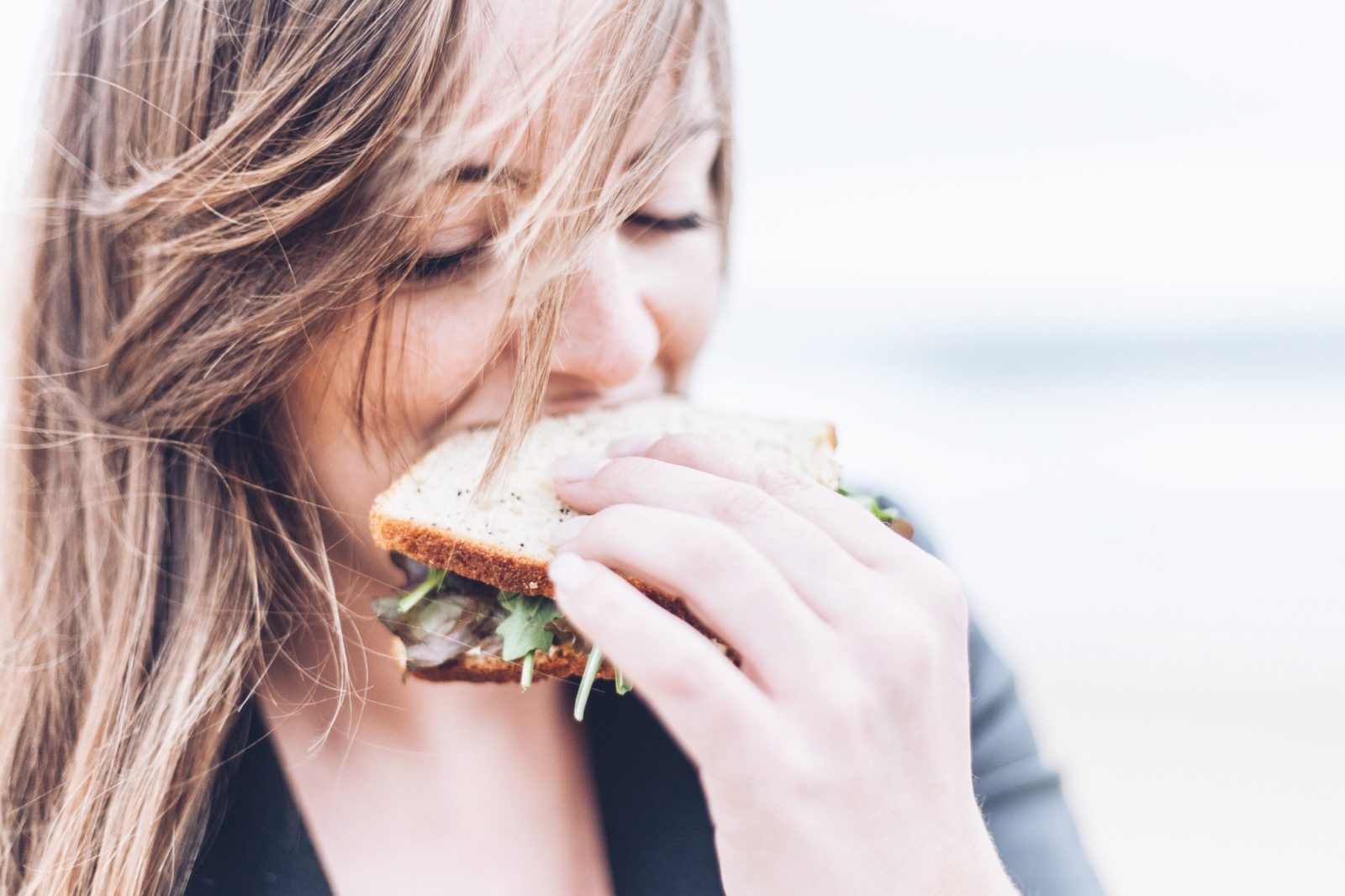For many of us, gluten is an issue. Whether you have coeliac disease, non coeliac gluten sensitivity, or wheat intolerance, removing gluten from your diet, seems to help clear up your symptoms.
But is it the gluten, the wheat, or the roundup?
Wheat and gluten intolerance is increasing, and many speculate that it is due to the farming practises, and processing rather than the grain itself. Australian wheat is modified to contain more gluten than European wheat – and many people comment that they can eat bread in Italy, but not Australia.
European bread doughs are often fermented for up to 24 hours prior to baking – meaning the gluten is largely reduced, whereas in Australia, unless buying sourdough, the dough doesn’t rest long before being baked, meaning much more is present.
Australian wheat is also sprayed with roundup just before harvesting so that it will open and release its seeds. This is horrifying considering roundup is now linked to various forms of cancer. 
Roundup is being found in many commercial breakfast cereals as well, and just highlights the fact that we need to shift to eating only organic forms of wheat, oats, corn, and soy.
What if its not the gluten?
Wheat intolerance may also have nothing to do with gluten. Wheat is high in fructans – a FODMAP, meaning that some people have difficulty digesting it and it may cause gastrointestinal symptoms like bloating, diarrhoea and cramping. People sensitive to FODMAPs also may react to lactose, and fructose in fruit and vegetables. There is a test available if you think this may be your issue.
What if it is??
However! If you suspect your issue is more than just an intolerance, do not stop eating gluten yet.
For Coeliac disease to be formally diagnosed, you need to undergo a few forms of testing. The first is a blood test that looks for coeliac genotypes, as well as antibodies made to gluten. If both of these come back positive it is likely you have coeliac disease. But the only true diagnostic test is via a biopsy. This takes a small section of the intestines and assesses damage.
If you have stopped eating gluten, and require this test, you will need to eat gluten containing foods for 6 weeks prior to the blood test and biopsy, and if you are a true coeliac, adding gluten back in when it has been eliminated can be very difficult as the body will mount a much stronger reaction to it. Medically they recommend at least two slices of bread daily. However it can often be easier to use pure gluten in a powdered form to determine if the reaction is to the gluten, or wheat/grain itself.
So what if you have coeliac genes?
My daughter has one of the genes that relates to coeliac disease, but not the antibodies (although she may not be eating enough gluten for them to show up…). The gene may never be turned on, she may never develop coeliac disease, however we choose to limit our intake of gluten – and make swaps to other products that are more easily digested. I have just been tested, and my mother and sister also carry the HLA-DQ variant gene.
The main reason we decided to go gluten free for her is that she has chronically low iron (as do I), and occasional mouth ulcers – both of which are signs of coeliac disease.
She rarely ate wheat previously, unless offered outside of our home, but did eat spelt and kamut bread until we went GF, as they are tasty and more nutritious, with less gluten, and less processing.
These days there are so many great alternatives that mean we don’t have to have a wheat heavy diet, to eat tasty food. I will post in a few days with some great swaps we use!

